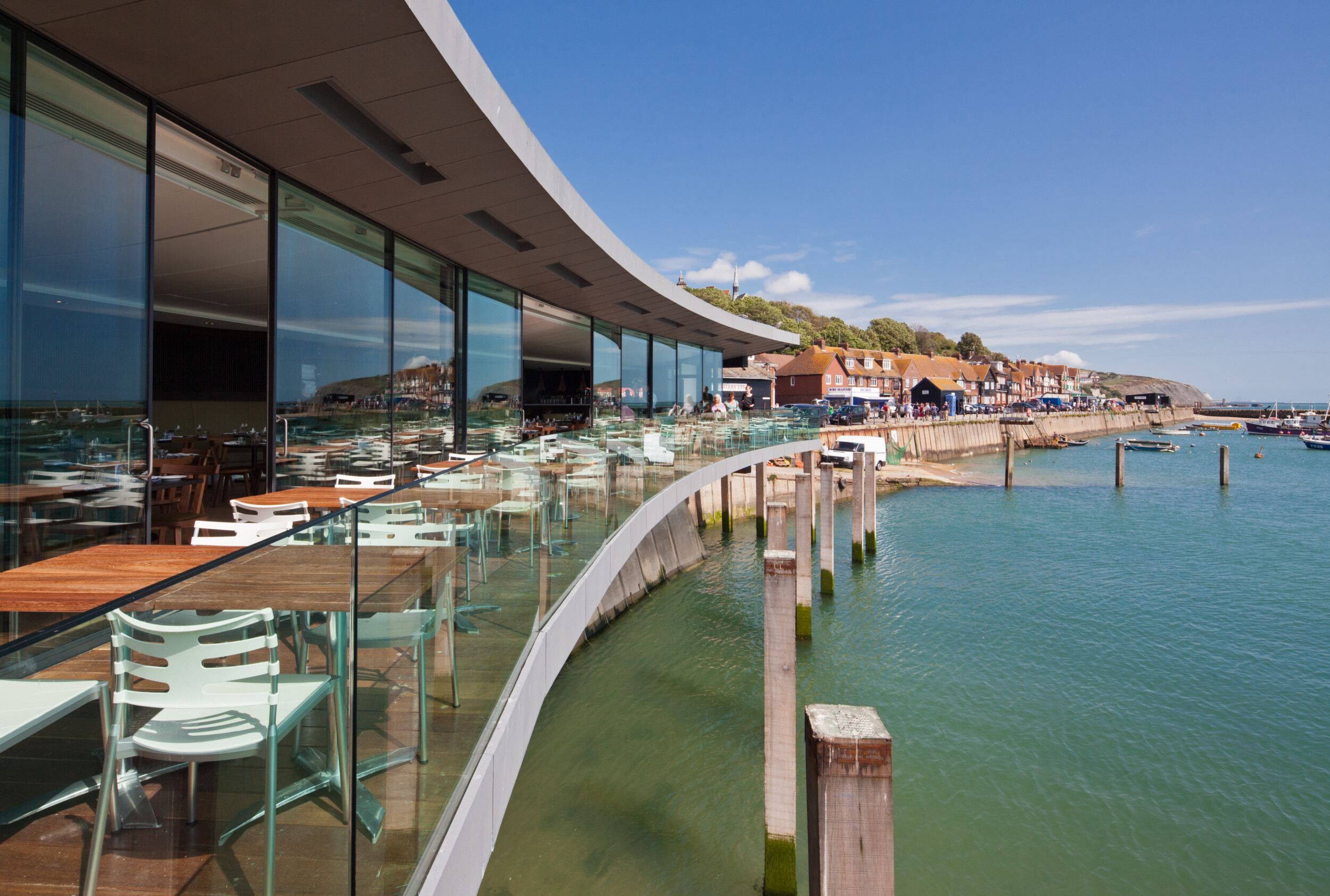
Hollaway Studio is an architectural and interior design practice, specialising in restaurant design, that embraces the past, the present, and the future and places people and feeling at the core of its architecture philosophy.
The restaurant sector is very familiar to Hollaway. We have designed and built many projects over the years including bars, cafes, restaurants and hotels in Kent and the Southeast of the UK. We create ambitious designs that reflect the surroundings focused on how people use spaces and flow through a building. Working closely with our clients, our team of architects and interior designers realise your brief and aspirations to create a successful and memorable guest experience.
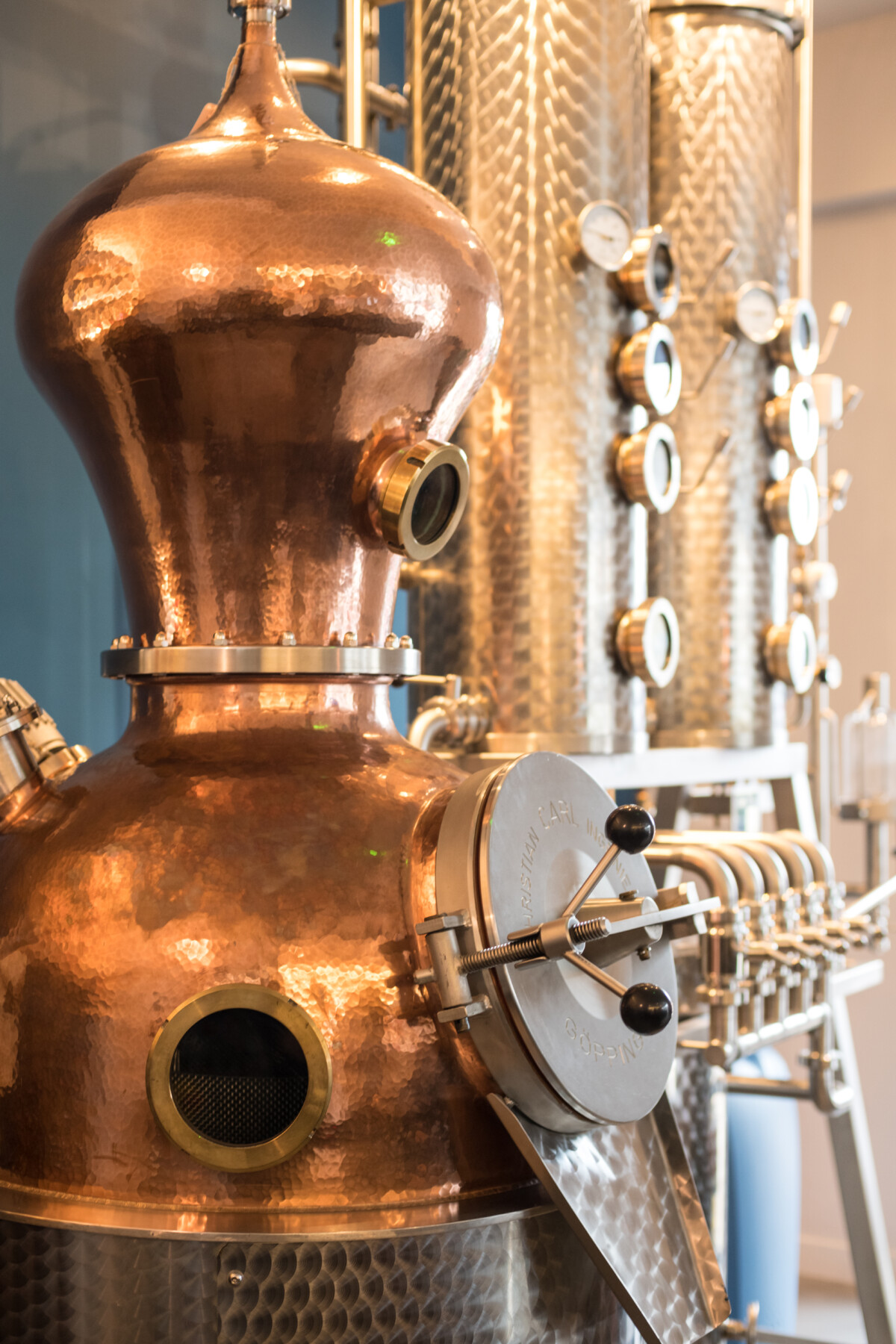
Design begins with feeling – for place, for the past, for the needs and wants of the now, and for a future that matters. It listens. It empathises. It’s pragmatic. It’s an understanding that informs everything we do. It makes buildings that work – truly, beautifully. This is how we approach all restaurant design projects.
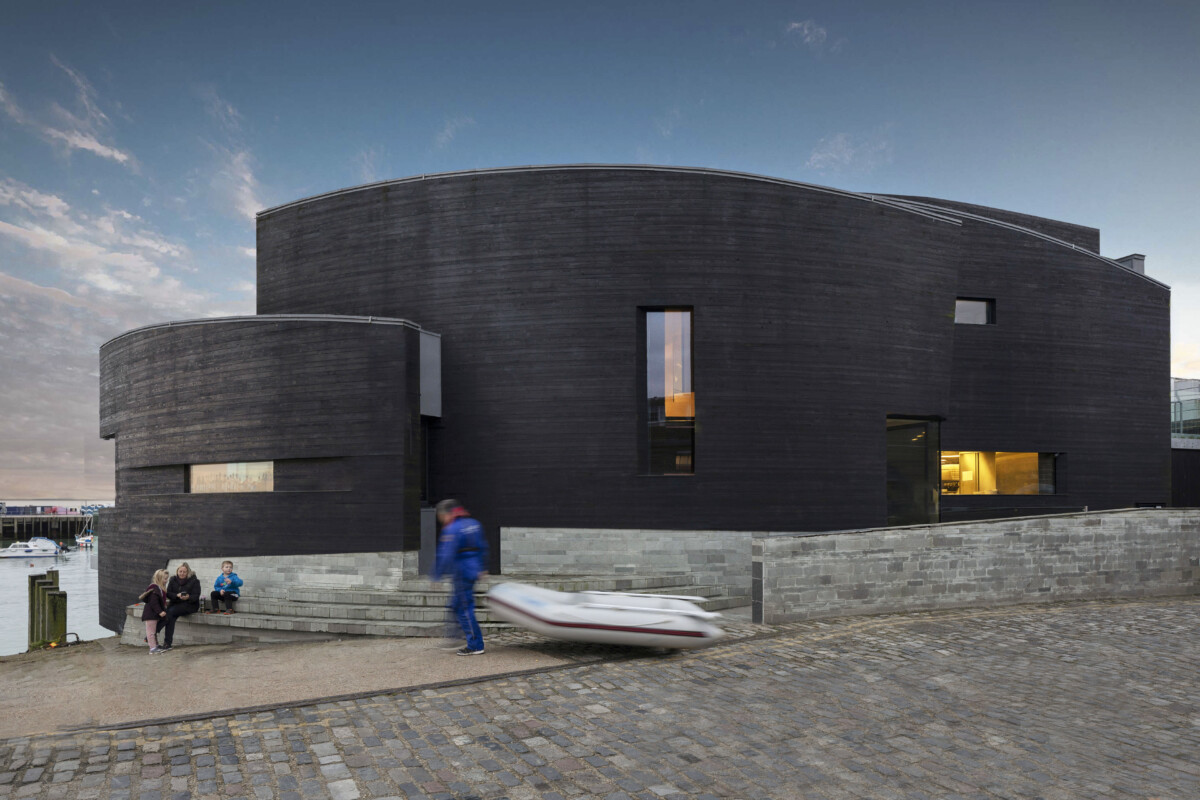
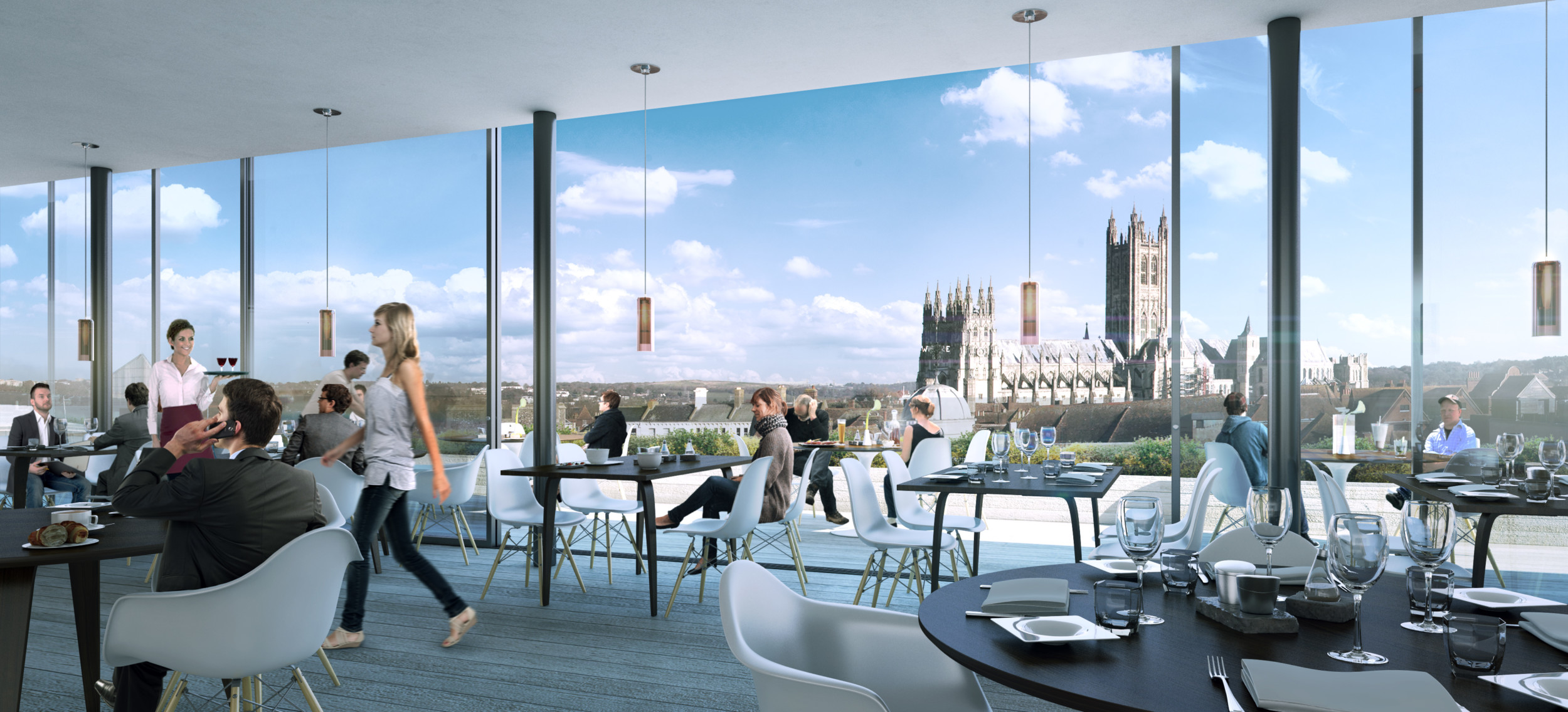
A restaurant design practice is nothing without its people, and the very best practices are those in which everyone has a voice – however different it may be. We are extremely fortunate Hollaway is exactly this: an extraordinary bunch of thinkers, talkers, and doers. These are the people that get buildings made.
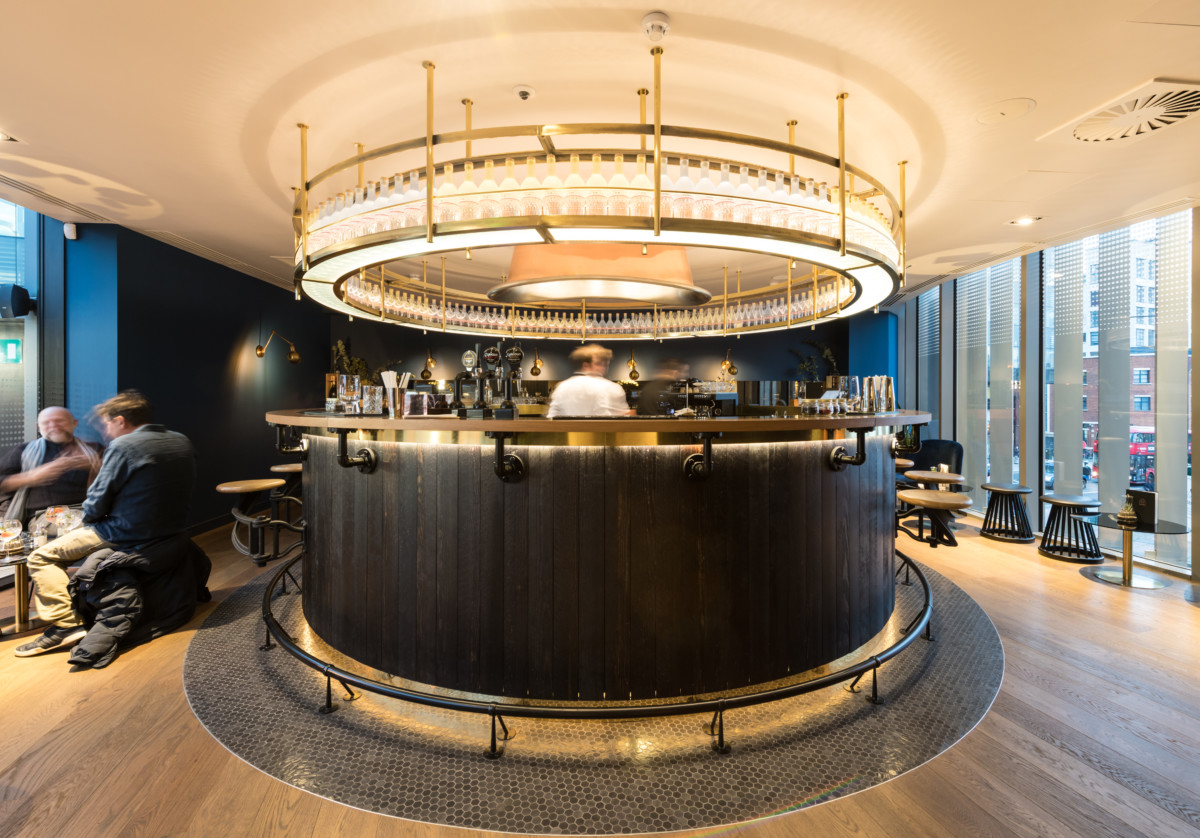
As example of how a single and relatively small building can have an enormous and enduring effect on its host community, Rocksalt takes some beating. We wanted to make sure that Rocksalt would be success – as a business, as a landmark building, and most importantly as a source of local pride.
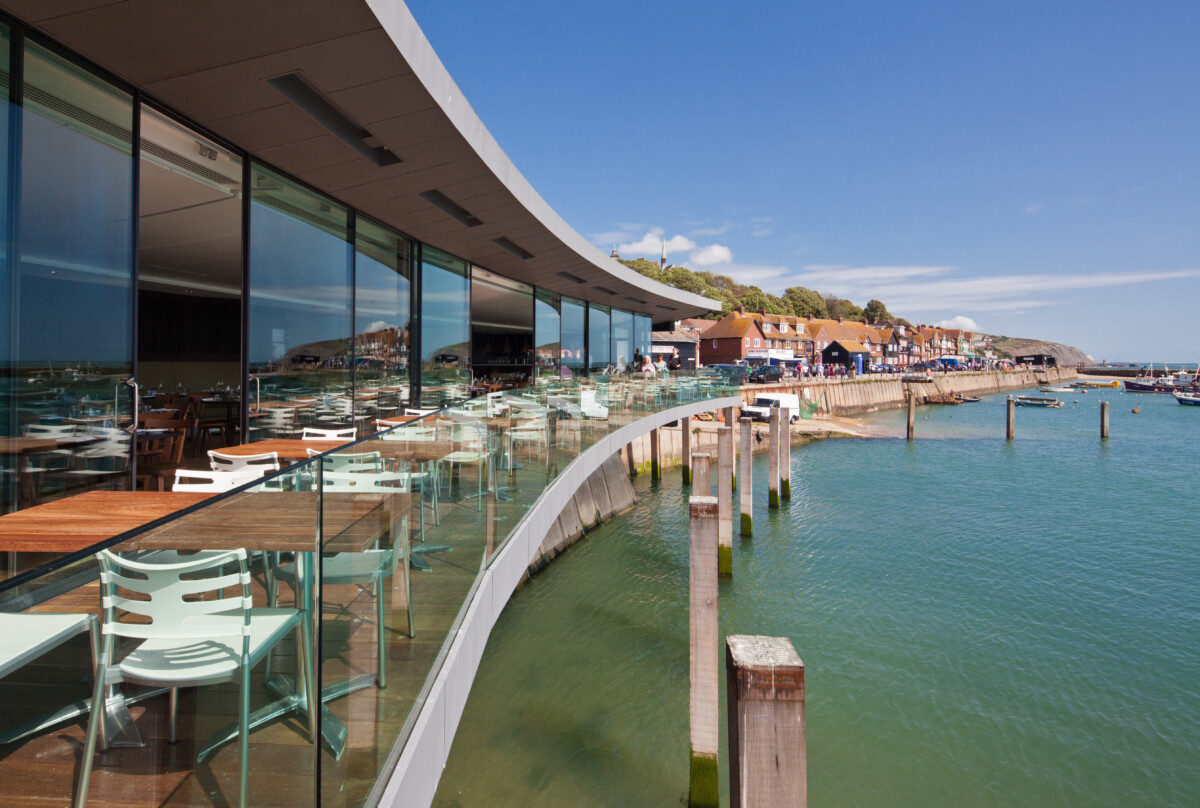
Hollaway’s approach to restaurant design always starts with people and place. How does a building contribute to the community it will inhabit? How will people interact and engage with the architecture created in this space? Under his leadership and hands on approach Guy Hollaway has created a design-led Practice committed to innovative building solutions, with work ranging from prestigious one off commissions to large scale regeneration projects.
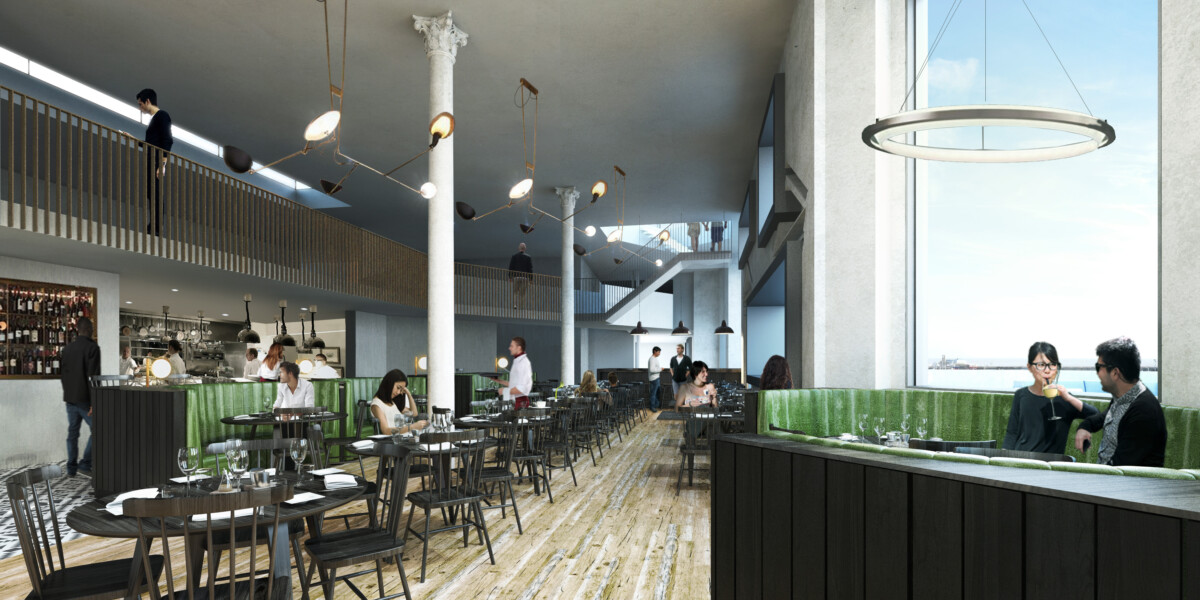
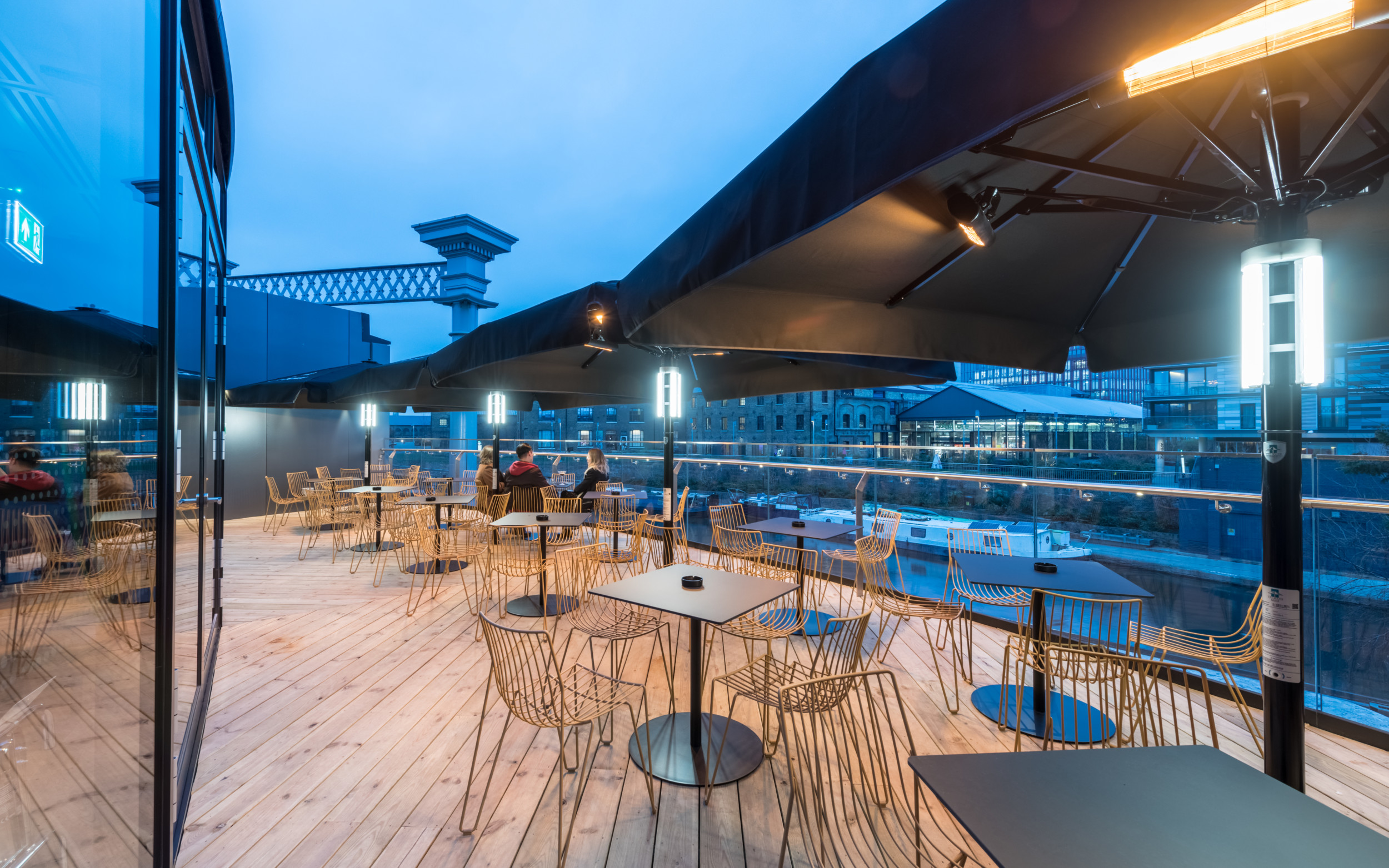
The RIBA award-winning restaurant design practice has built its reputation working on a wide array of projects, including a cutting-edge skate park, the world’s first heritage theme park, a bespoke artist’s studio in an open field, and a high-end seafood restaurant. The breadth of these projects may be wide, but each one brings the perfect balance of playfulness and sincerity, with a firm focus on placemaking, sustainability and the experience of the individuals who will use the space.

London
10A Acton Street WC1X 9NG
+44 (0)20 7096 5425
Kent
The Tramway Stables, Rampart Road
Hythe CT21 5BG
+44 (0)1303 260 515
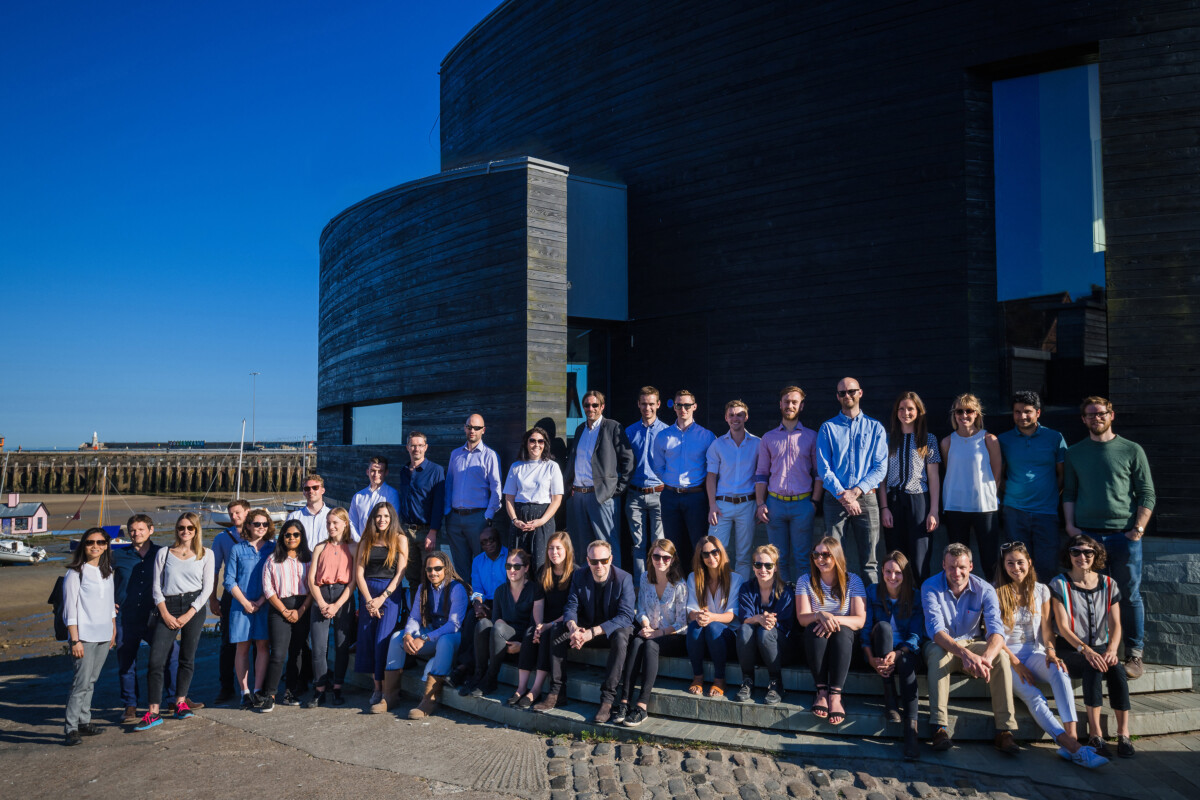
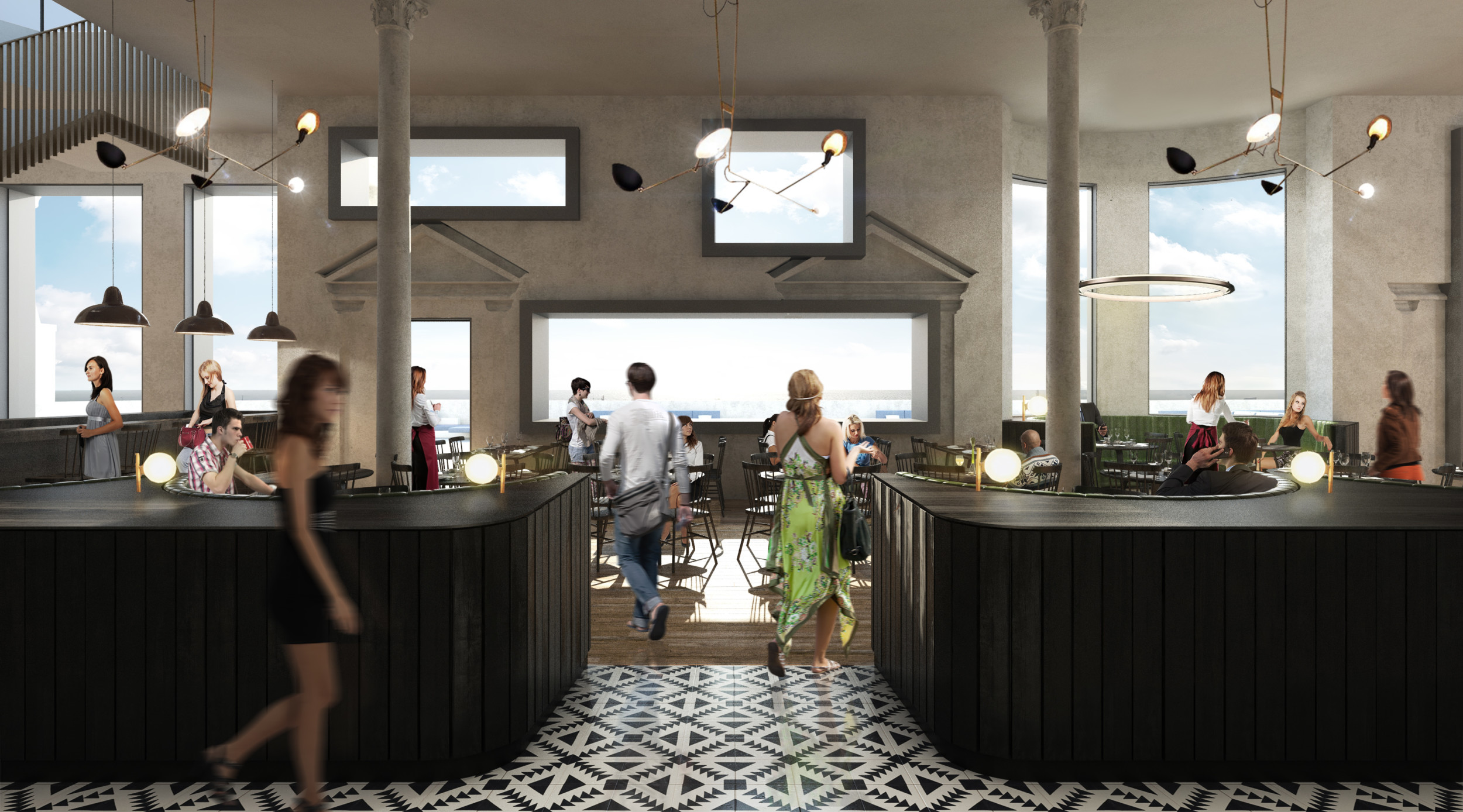
Design is one of the most critical aspects of success
If you own a restaurant, you know that design is one of the most critical aspects of success. It has been proven that restaurants with higher aesthetic appeal and better layout attract more customers and increase profitability. This article will take you through the process of designing your restaurant from start to finish, so be sure to read it carefully.
The restaurant designer’s job is to understand the client’s business and brand and understand what does not work in their current space. Then they work on creating a plan that will meet all of those requirements while still sticking within budget.
Research The Target Market
The first step most designers will take when beginning their process is visiting with clients to get feedback about what type of atmosphere would work best for them. Next, the designers visit the area and learn as much about it as possible: what’s popular, where groups of people like to eat, how many seats are available in total, etc.
Create The Idea
There most extensive areas in any restaurant that can undergo the design space are:
— Kitchen
— Dining room
— Entry and waiting area
— Dry and refrigerated storage
— Office and employee amenities
— Bar and lounge
— Take out counter or walk-up service
— Restrooms
— Hostess stations
From there, they’ll start to sketch out layouts and determine what kind of furniture might be appropriate. Some designers will then bring in samples for customers to try or go off existing designs that they’ve created before, which can help speed up the process because clients are already familiar with them. The rest is just creating custom pieces based on their ideas, ensuring everything fits together perfectly – both aesthetically and functionally – so that it all works harmoniously throughout the space.
There are elements to the design that will influence the customers more than others:
— Delivery access
— Where the building systems are allocated like the electrical and plumbing
— Curb appeal
— How private the dining area is – depending on what type of restaurant it is
Here are five things you need to know about designing your new restaurant:
1. The goal of building an aesthetically pleasing space that represents your brand and meets customer expectations.
2. Ensuring all aspects of equipment placement within the facility are set up for efficient operation by trained staff members.
3. Collaboration between client and designer requires openness on both sides and good communication skills if projects are expected to run smoothly throughout every stage.
4. The process can be expensive and time-consuming, but the results are worth it.
5. Be sure to include your vision in every decision along the way, even if you’re not a design expert yourself.
After everything has been planned out, design drawings are created for both interior and exterior spaces. Once these designs have been worked through collaboratively by everyone involved, contractors start building out the physical space based on this new information. Throughout the whole process, restaurant designers are there, making sure everything goes smoothly. The degree of involvement during each phase varies depending on how many different clients are being serviced at once and what type of project it is. It can be hectic but also very exciting.